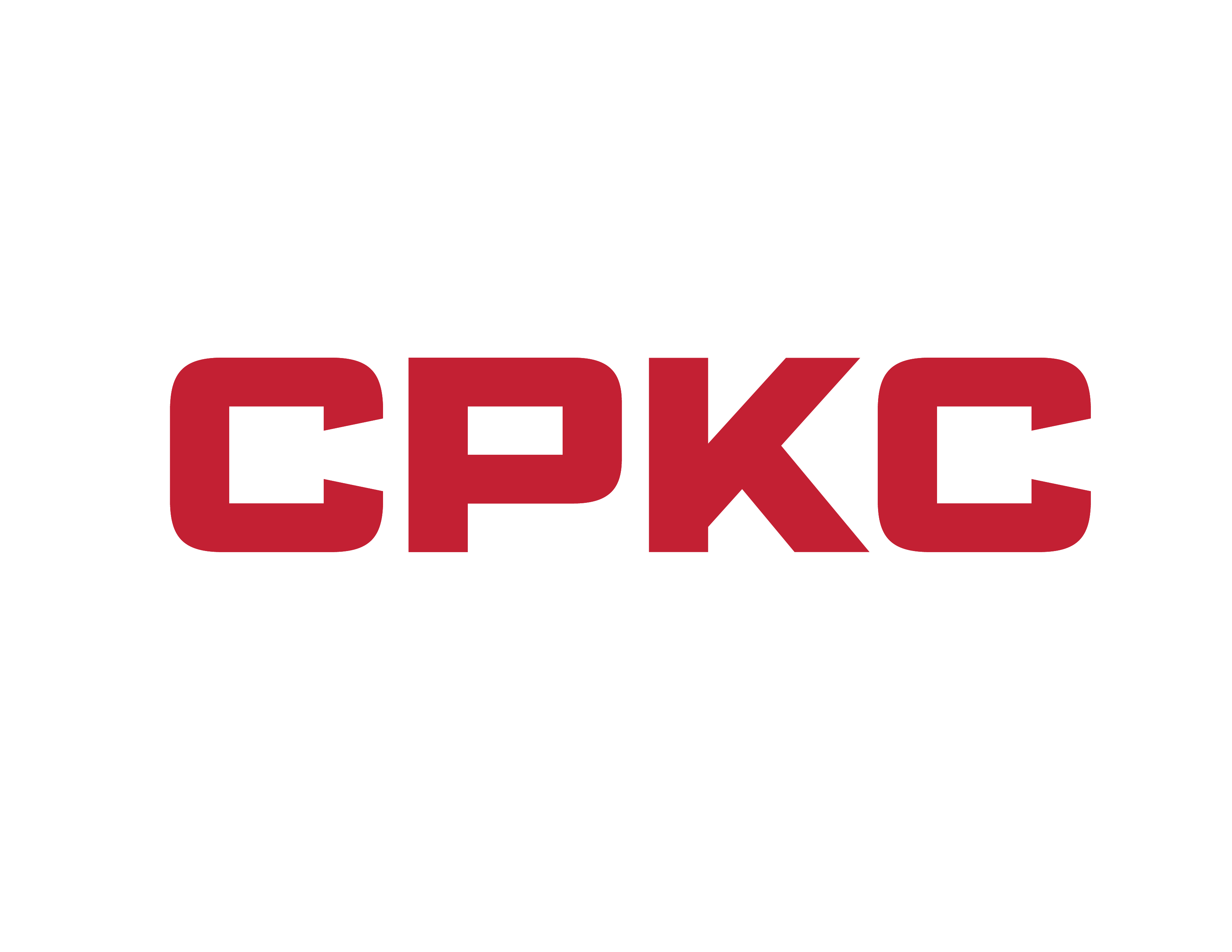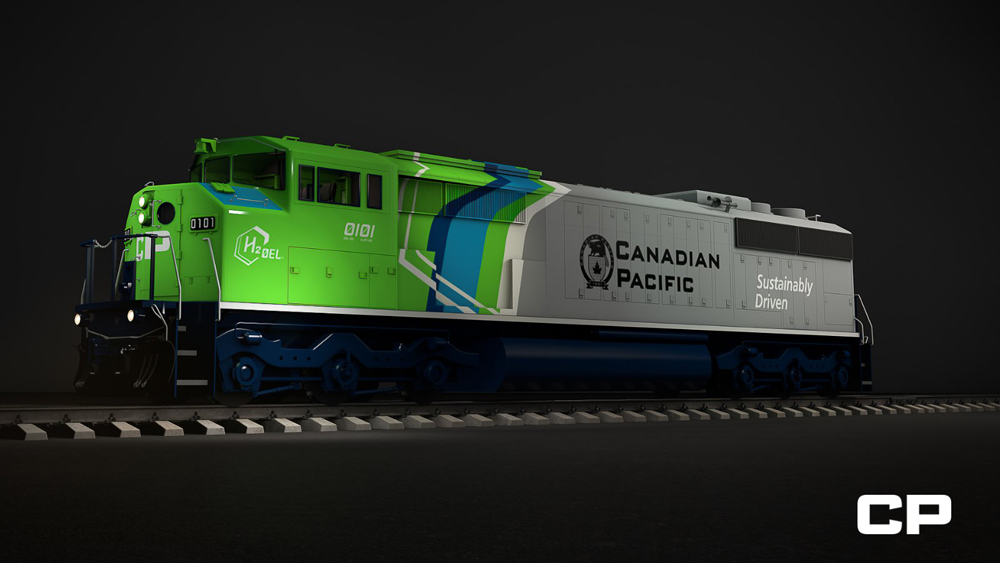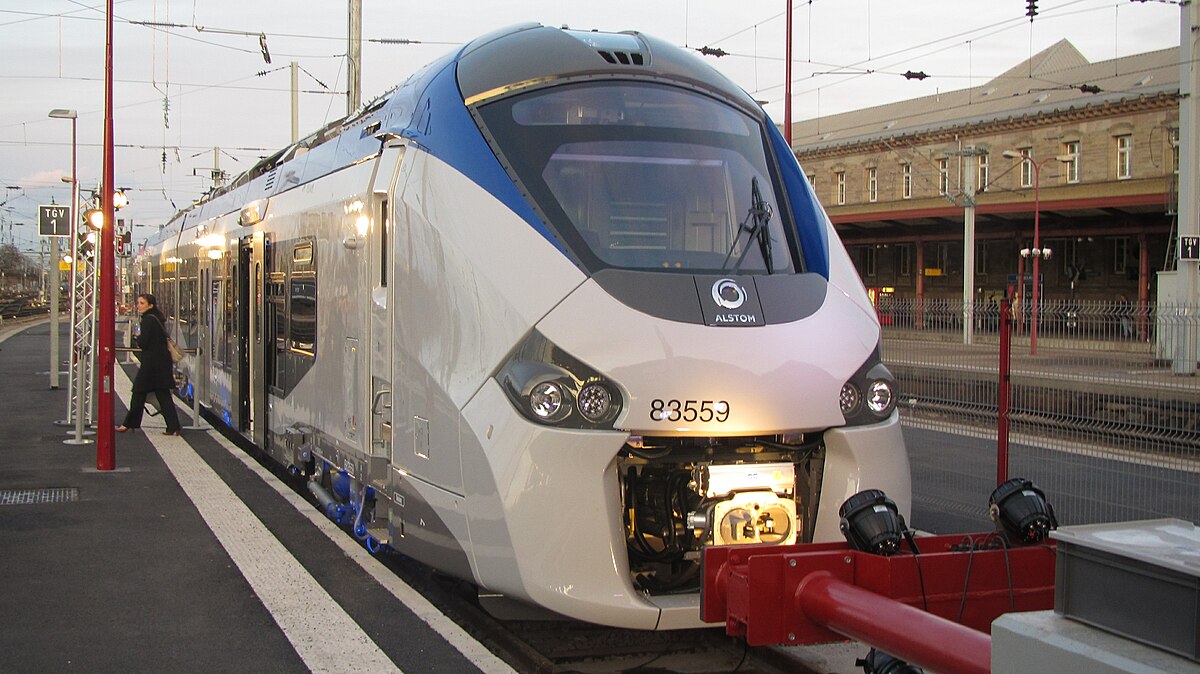Mr Finish Line
Active Member
I just checked and ML is even planning for a double stacked height through parts of LSE, USRC, LSW, Barrie, and Kitchener. I guess CN and CP just don't want poles to be built on their property.
I just checked and ML is even planning for a double stacked height through parts of LSE, USRC, LSW, Barrie, and Kitchener. I guess CN and CP just don't want poles to be built on their property.
Was the military led by General Rod Hull?I mean, they once won a war against the Australian military, so we could do much worse
I wonder how politically lucrative it would be for the opposition parties of Ontario to include plans in their election platform for full electrification on the Kitchener line. I mean, for some of us here that might sway some votes, but does the general population care?
Article doesn't really put up a convincing reason why Guelph-Kitchener can't be electrified.
If the CN owned portion from Georgetown to Bramalea can't be electrified, it doesnt mean that they cant run dual mode locos or even battery backup locos/EMUs through the area.
I think, and I tend to agree a bit, that Metrolinx just wants to focus on electrifying the GTA corridors first, and then move onto the fringes.
Theres a much better ROI to electrify the 905 and provide frequent EMU service than electrifying the line out to Barrie or Kitchener, which only sees hourly service that a diesel train already has no problem doing, so other than the environmental/noise benefits you aren't gaining nearly as much. We simply cant run the GO-RER service we want downtown without electrification, but the service to Kdub and Barrie is possible with the existing fleet.
Agreed completely.I very much doubt they would do that. They will likely endorse the electrification of GO generally, but not try to fight on a hill that doesn’t serve any key need in the near term.
Just getting to hourly 2WAD to Kitchener with all trains running express east of Pearson/Bramalea is a more important priority, and it can be easily done with diesel. I don’t see wires as mission-critical to that milestone, even if it’s desirable for the further phases of expansion.
The case for electrifying GO overall is very strong, but the order in which it is done has many acceptable options. I don’t see anyone pushing an option that creates resistance in places (ie Guelph) and can’t offer a rationale for urgency.
- Paul
Short sightedness from CN/CP - given the way the world is moving. I suspect Metrolinx will go for a combination of bi-mode locomotives and EMUs - allowing them to use their existing cars on un-electrified routes while still gaining some time benefit from electrification.
(Personally, I think this is something the federal government should be pushing for - along with the US - electrification of major rail corridors across the country. Bi-mode and tri-mode locos now offer a solution to the issue of electrifying branch/diversion lines and large yards.)


But isn't the installation and operation of the centenary a ML scope? Isn't this just a matter of whether CN/CP will grow up to late 20th century, stop being a dick and allow for the infrastructure to pass through their track? Seriously if they're being so unyielding why can't we just just build parallel tracks ourselves. They can keep whatever they want. In fact it might be cheaper in the long run since we won't have to pay for their catering wishlist itemsNot a suspicion, Metrolinx has stated that they will use a mixed fleet. However currently Metrolinx is planning to use a mix of EMU's, 100% Diesels (existing locos) and electric locos. No word on bi mode.
I suspect its because while Barrie and Stouffville will use electric locos and bilevel cars for the outer portion of the network, they don't think its worth buying a dual mode loco set just for the kitchener line, when there are plenty of good diesel engines at their disposal.
CP and CN are going all in on hydrogen technology, so I think they are trying to skip having to install catenary on their massive rail system. I agree with them it would be a huge undertaking.

Welcome to CPKC Home Page – English. We go places no one else can go
CPKC is the first and only single-line rail network connecting a continent - Canada, the United States and Mexico.www.cpr.ca

Canadian Pacific’s hydrogen fuel cell locomotive to debut before year’s end - Trains
NEW YORK – Canadian Pacific’s first hydrogen fuel cell locomotive, a converted SD40-2F dubbed H2 0EL for “hydrogen zero-emissions locomotive,” will roll under its own power by the end of the year and then enter test service next year, CEO Keith Creel says. CP’s homebuilt locomotive test bed...www.trains.com
Isn't this just a matter of whether CN/CP will grow up to late 20th century, stop being a dick and allow for the infrastructure to pass through their track? Seriously if they're being so unyielding why can't we just just build parallel tracks ourselves.
CP and CN are going all in on hydrogen technology, so I think they are trying to skip having to install catenary on their massive rail system. I agree with them it would be a huge undertaking.
when its about shares then the short answer is that whatever theyre going to do will need to impact them positively first. basically theyre decisions will always be selfish unless theres no other choice.I assume you have been following the discussion so I won’t recycle from the many earlier posts.
The questions you might want to research from past discussions that would help you see the reasoning behind the CN/CP position would be
- what’s in it for their shareholders ? Impact on earnings per share?
- does this make their operation easier or harder, riskier or less risky?
- is it in their interests to share their corridor’s width with ML?
There is plenty at stake for them and (while we may not like or agree with them) we can’t assume their position is irrational or indifference or spite.
The scope of their trials is far, far less than “all in”. They are very limited (but useful) tests, nothing more. I would say they are at a point which is similar to sitting in the sedan at the Car Show…. could lead to a visit at a dealer for a test drive, but even that is a hypothetical as yet, and nobody is close to asking for the numbers.
- Paul
Siemens is out. EMUs/Electric locomotives will come from Hitachi (EnTransit) or Alstom (Onxpress)

This is Hitachi's product. The Caravaggio.Im guessing Alstom will be the Coradia family,

Alstom Coradia - Wikipedia
en.wikipedia.org
but what about Hitachi? I am not familiar with their EMU's
https://www.hitachirail.com/products-and-solutions/rolling-stock/commuter/
No need now that the FRA allows Euro-style trains.https://www.hitachirail.com/products-and-solutions/rolling-stock/commuter/
I'm hoping for something innovative like the Laview but I'm expecting something typical to NA boredom trends. As long as it's not as ugly as a Metra car
On a related note, since the emu lines is completely owned and used by ML only, will they be able to bypass FRA like the new flirts for the o train?





